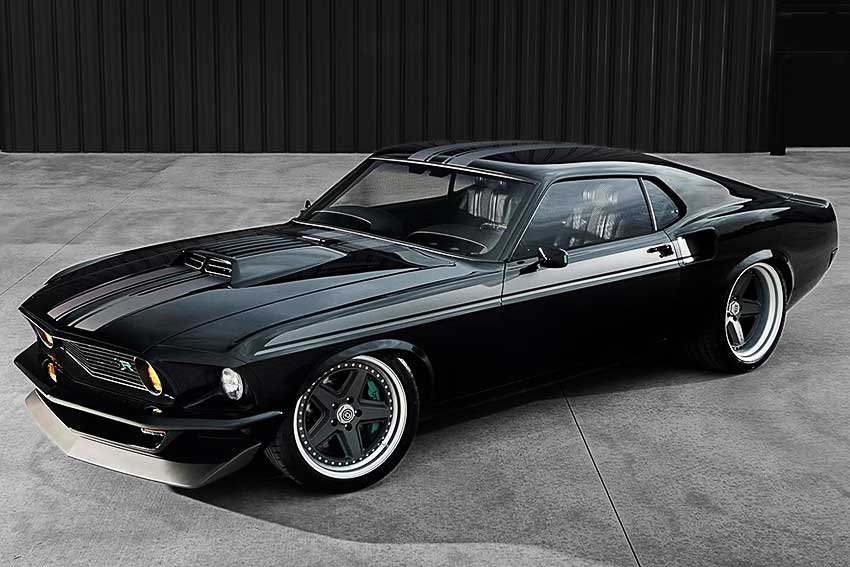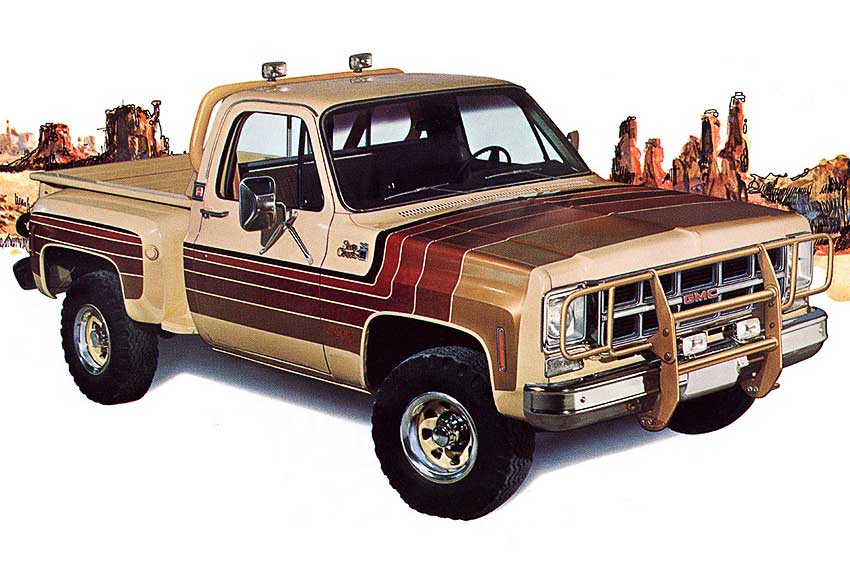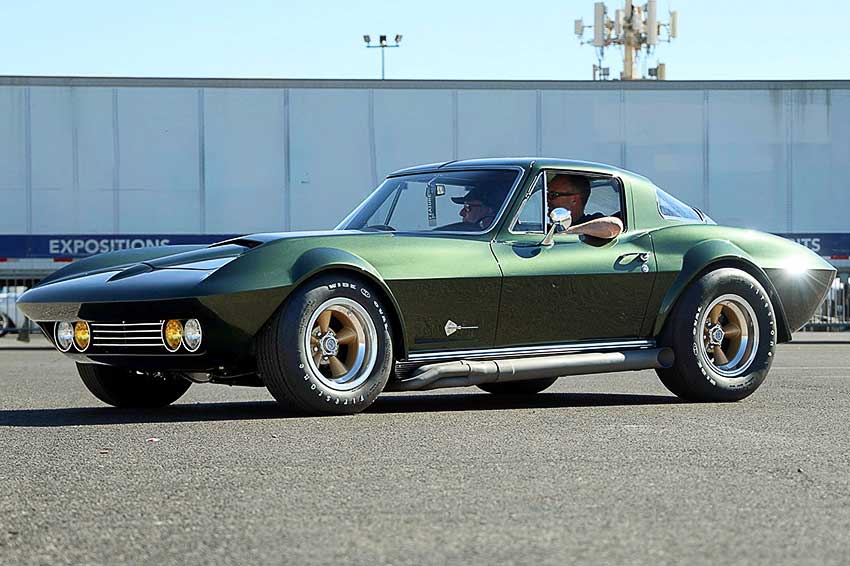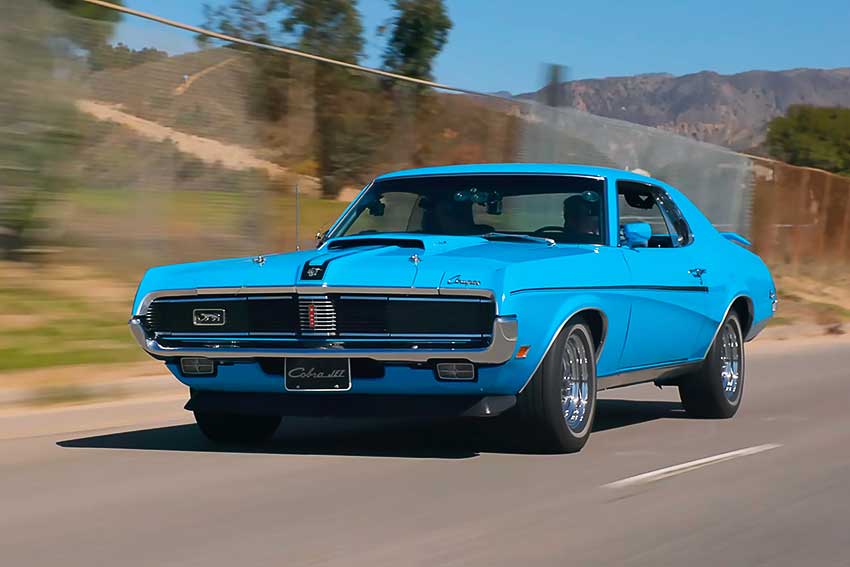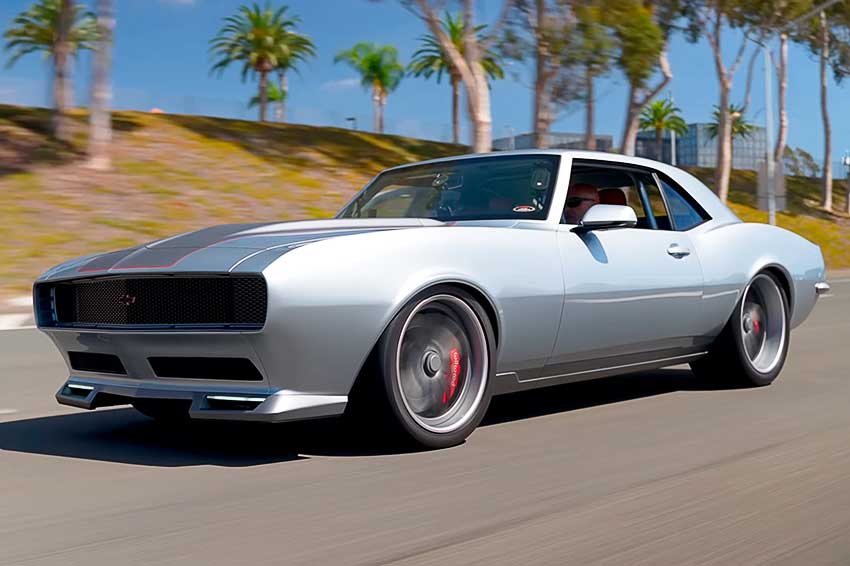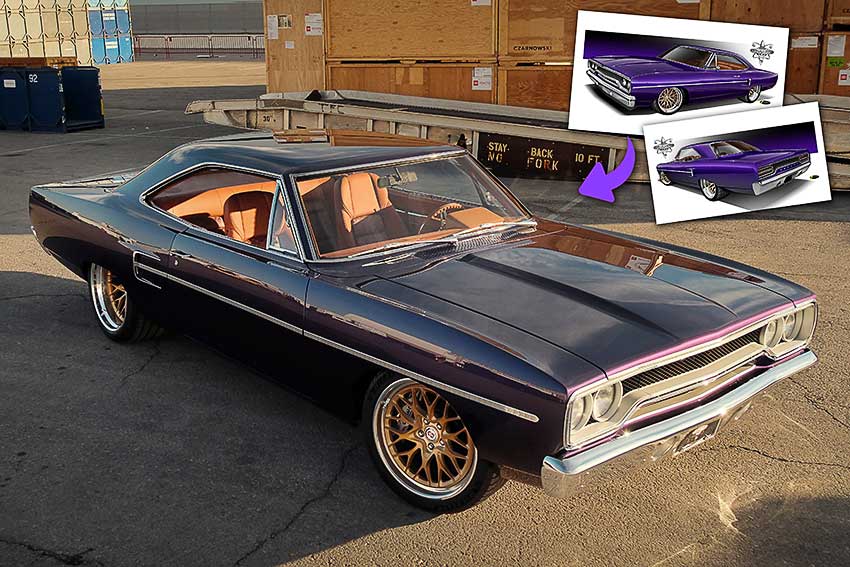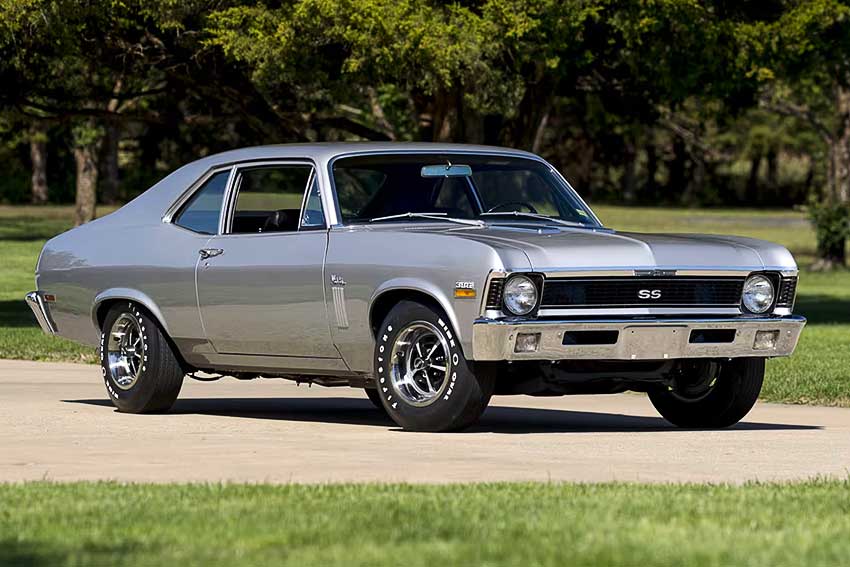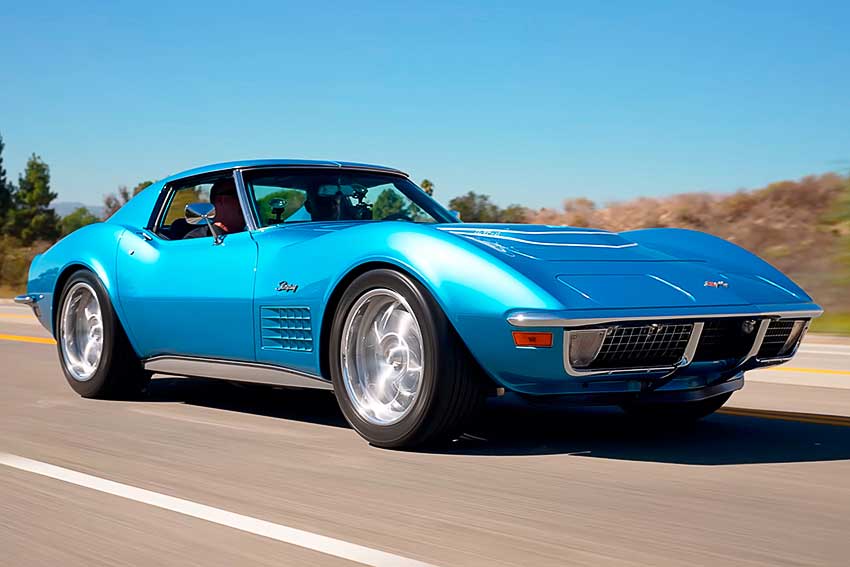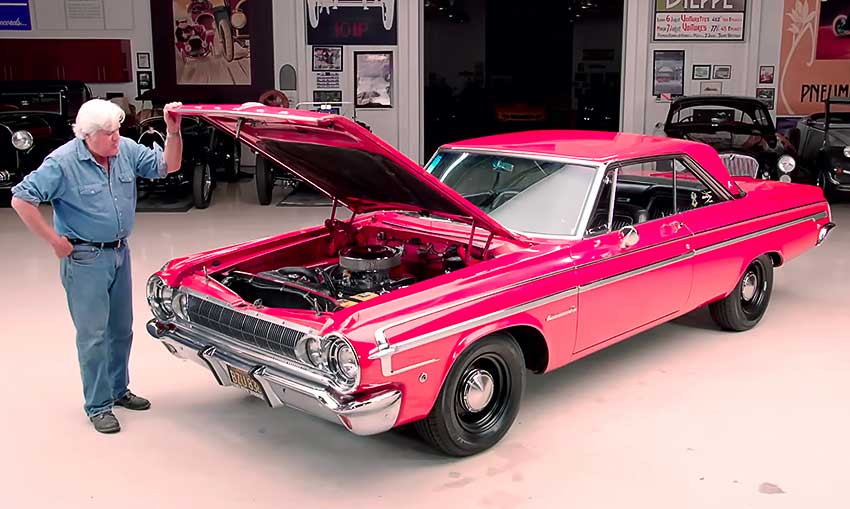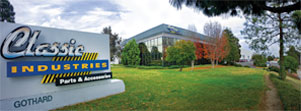Every year at the SEMA Show, we make a point of checking out the newest restomod build from Ringbrothers, and even after 20 years, we have yet to be disappointed. These brothers from Wisconsin consistently produce some of the coolest resto-modded classic cars in the industry, and their project for 2025 was no exception. This 1969 Mustang Mach 1, known as Kingpin, features a stretched and widened body, independent suspension, tons of custom one-of-a-kind parts, and an 800hp Coyote V8.



